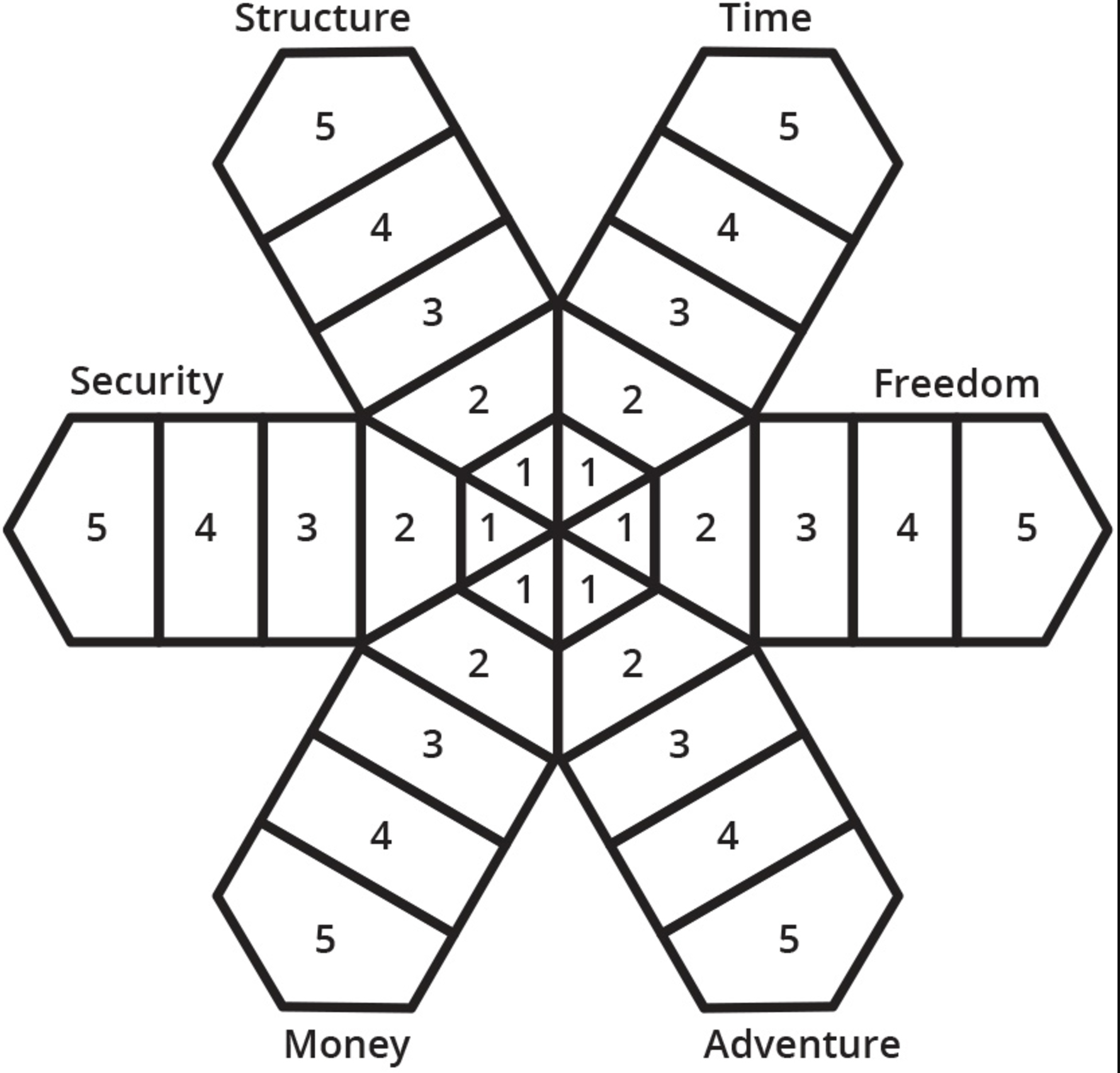Subtitled: “The only move that matters is your next one”
This book is an awesome how-to guide for anyone who’s even remotely considering a career change. I absolutely recommend it!
The author lays out the four stages of pivots she’s discovered as a career coach at Google and then in her own coaching business.
These stages and her tips are very specific and actionable. She also covers financial impacts of pivoting, providing thoughtful ways to plan and prepare for a career shift. And this goes so well with her section on risk tolerance. That’s not a topic many career change books talk about, yet it’s a key element for setting goals and making plans.
She encourages the reader to evaluate their own risk tolerance so they can determine just how big of a pivot they are willing to embrace. There’s certainly a balance of growing beyond our comfort zone while not going so outside of that we get paralyzed with fear & anxiety.
So, let’s get to her four stages of a pivot:
- PLANT is all about getting very clear on who we are, the current situation and what we envision
- SCAN includes learning what’s out there, leaning into our curiosities, building a network. I see it as “scanning” for opportunities.
- PILOT is experimenting – when, where, how, the analysis of those ‘pilot’ tests
- LAUNCH is moving into making the bigger decision, and dealing with ‘failure’, courage and other aspects of the actual pivot itself.
Fantastic pivot exercise
One of my favorite exercises she uses is the Pivot Hexagon. This is a great tool for creating our own priorities as we come across opportunities – whether in our career or in life!

ISo you can see she’s got six values most pivoters hold as very important to their next step: Structure – time – security – money – adventure – freedom
You can certainly sub out any of these for values you use as you evaluate your what’s next.
But once you have six values, plot out where the opportunity falls in each scale. Doing the activity and then seeing a tangible number grounds us in some realities as opposed to vague ideas in our head.
Once we see this new opportunity has less freedom than what we wanted, but more security, we have better information to compare other opportunities and even to refine those values and parameters we might have.
So as the author says:
Your choice, today and in the future, is to pivot or get pivoted. Pivoting is a mind set and a skill set, and you CAN get better at both.
If you or someone you know is considering a pivot or being forced into a pivot, give the book a go and let me know what your top takeaways are!
